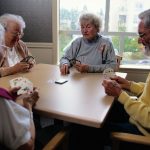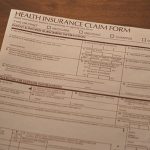
Interacting with lots of different people may help you live longer and healthier, a new study suggests. Older people who spend more time with family members, close friends, acquaintances, casual friends and even strangers were more likely to be physically active, spend less time sitting or lying around and have a more positive attitude and fewer negative feelings, the researchers found. “Adults often grow less physically active and more sedentary as they age, and these behaviors pose a risk factor for disease and death,” said study author Karen Fingerman. She’s a professor of human development and family sciences at the University of Texas at Austin. Fingerman said that it can be hard to get people to exercise, but it might be easier to get them to reach out to acquaintances, go on group events or talk to the people who serve in restaurants. “Socializing in these contexts also can increase physical activity and diverse behaviors in ways that benefit health without necessarily working up a sweat,” she said in a university news release. For the study, Fingerman and her colleagues asked more than 300 adults over 65 about their activities and social encounters every three hours for a week. Participants also wore electronic devices to keep track of their physical activity. The researchers found that when participants were with a variety of social partners, they… read on >
























-300x200.jpg)













